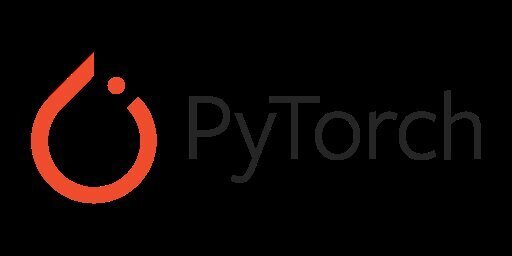PyTorch is an open-source machine learning library primarily developed for deep learning applications. It provides a flexible and efficient platform for building and training neural networks, making it a popular choice among researchers and developers.
Key Features
-
Tensor Computation: PyTorch offers a tensor library similar to NumPy, but with strong GPU acceleration. This allows for efficient computation of large-scale data, enabling users to leverage the power of GPUs for faster processing[2].
-
Dynamic Computation Graphs: One of PyTorch’s standout features is its dynamic computation graph, also known as define-by-run. This means that the graph is built on-the-fly as operations are executed, allowing for greater flexibility and ease of debugging[2].
-
Autograd System: PyTorch includes an automatic differentiation library that simplifies the process of computing gradients for backpropagation, which is essential for training neural networks. This feature is particularly useful for implementing complex models without manually calculating derivatives[2].
-
Extensive Libraries: The library includes several components like
torch.nnfor building neural networks,torch.optimfor optimization algorithms, andtorch.utilsfor data loading utilities. These components work seamlessly together, providing a comprehensive toolkit for deep learning[2][3].
Use Cases
PyTorch is widely used in various applications, including:
-
Computer Vision: It is often employed in tasks such as image classification, object detection, and image generation.
-
Natural Language Processing: PyTorch supports tasks like text classification, translation, and sentiment analysis, making it suitable for NLP applications.
-
Reinforcement Learning: The library’s flexibility allows for the implementation of complex reinforcement learning algorithms.
Community and Resources
PyTorch has a vibrant community and extensive documentation, including tutorials and examples that help users get started quickly. The official PyTorch website offers a wealth of resources, including installation guides, API documentation, and a variety of tutorials for different skill levels[1][4].
In summary, PyTorch is a powerful and versatile library that caters to the needs of both beginners and experienced practitioners in the field of machine learning and deep learning. Its dynamic nature, combined with GPU support and a rich ecosystem, makes it a preferred choice for many developers and researchers[2][5].
Further Reading
1. 3. Paragraph Level Markup — PyTorch Tutorials 2.4.0+cu121 documentation
2. pytorch/README.md at main · pytorch/pytorch · GitHub
3. tutorials/README.md at main · pytorch/tutorials · GitHub
4. Introduction to PyTorch — PyTorch Tutorials 2.4.0+cu121 documentation
5. https://isip.piconepress.com/courses/temple/ece_4822/resources/books/Deep-Learning-with-PyTorch.pdf
Description:
An open-source machine learning library known for dynamic computation graphs.
IoT Scenes:
Computer vision, Reinforcement learning, Predictive analytics, Speech recognition
IoT Feasibility:
High: Flexible and user-friendly, suitable for real-time and complex IoT applications.


